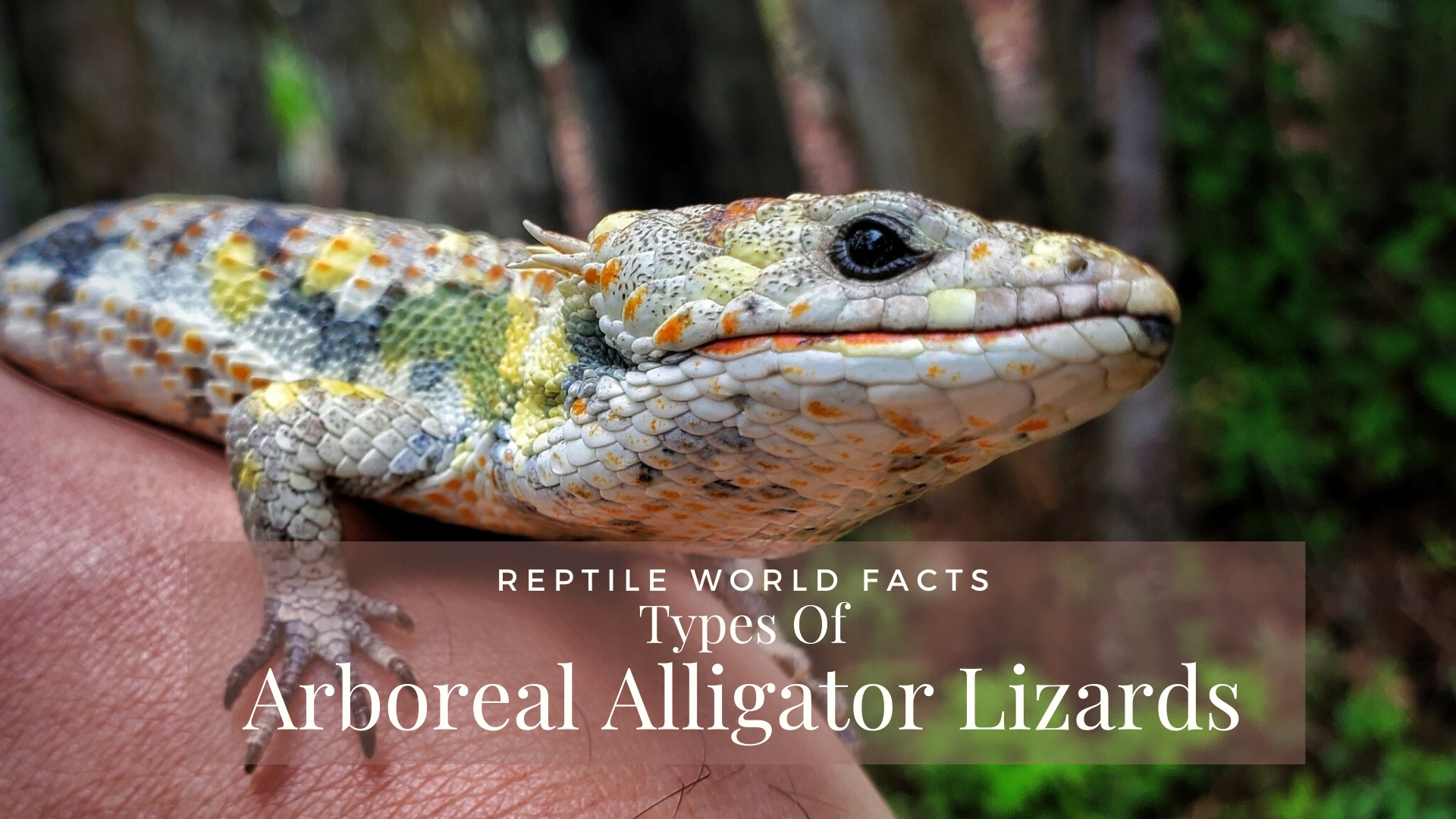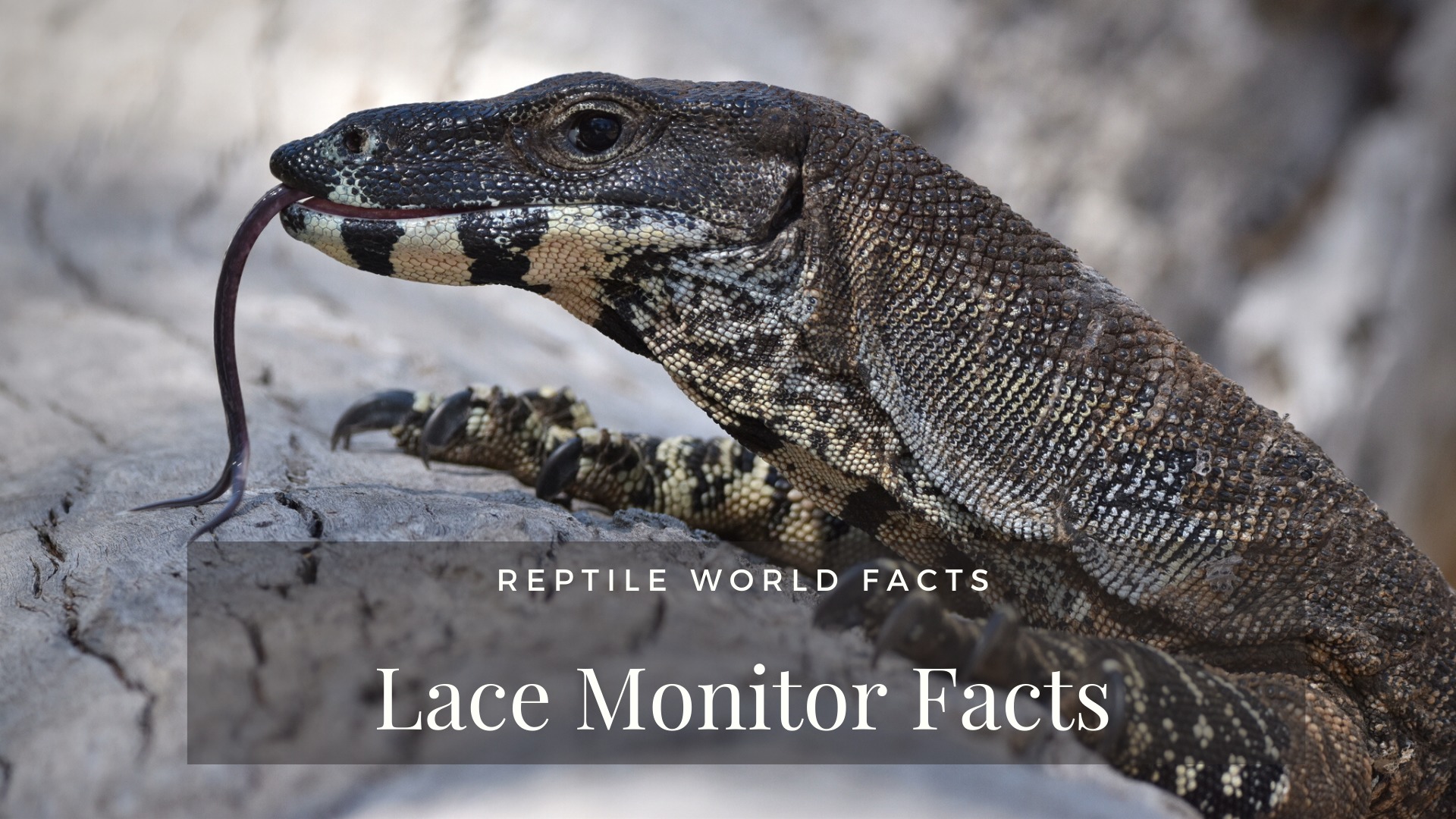Banner Photo: Source
Quick Facts
Scientific Name: Varanus komodoensis
Common Names: Komodo Dragon, Ora, Komodo Monitor
Geographic Range: Indonesian islands of Komodo, Rinca, Flores, Gili Motang, and Padar
Life Span: Up to 30 Years
Conservation Status: Vulnerable – IUCN Red List

Source
Top 10 List – Komodo Dragon
1. Appearance of the Largest Lizard

Source
As the title suggests, Komodo Dragons are the largest living lizards in the world (not including dinosaurs of course). On average these lizards weigh around 154 pound, but the largest verified specimen weighed in at 366 pounds and 10.3 feet long. Unsurprisingly these are some seriously strong lizards. They have A long strong tail, bowed sturdy limbs, and strong agile necks. Komodo dragon heads are long and flat, with rounded snouts, that end in a forked yellow tongue. Adult Komodo dragons are a fairly uniform stone colour, with large scales covering their body. Strong throat muscles allow them to swallow big chunks, and to accommodate that their stomachs expands to allow them to eat up to 80% of their body weight in one sitting. Males tend to grow slightly larger and bulkier, other than that both males and females are very similar.
2. Carnivorous Lizards

Source
Komodo dragons are not picky eaters in the slightest, and will eat almost any kind of meat – including remains from graves. They will both scavenge for carcasses or hunt their own depending on what is available for them at the time. The prey they hunt can range in size from small rodents all the way up to water buffalos. The most common prey includes (but is not limited to): rodents, monkeys, goats, wild boar, and deer. These amazing large beasts are the top of the food chain, and even cannibalistic. Despite the fact that Komodo Dragons can run between 10-13 mph for short distances, their hunting is based on strength and stealth, and can wait for hours for prey to come by.
While they can not hear well, they have a great sense of smell that helps them locate prey, as well as a tongue that tastes the air to find out where the scent is coming from. Large, curved, serrated teeth are their greatest weapon against their prey. Komodo Dragons will try to take their prey down instantly, and if they are able to bite their prey the venom can help then to take down the prey. However, if the prey is able to escape before it dies, they are able to smell carcasses up to 2.5 miles away. Once they have taken down their prey the carcass is shared between many Komodos, all of whom swallow chunks of food whole. Komodo Dragons are efficient eaters, only leaving behind roughly 12% of the carcass.
Komodo Dragons have slow metabolisms, meaning they don’t need to eat all the time, especially when they can eat 80% of their body weight in one sitting. Afterward they will bask in the sun to help them digest their food.
3. Islands Full of Dragons

Source
These awesome lizards are confined to a few Indonesian Islands that include: Rintja, Padar, Flores, and of course Komodo Island where they occupy the whole island. They prefer hot and dry places, with temperatures usually ranging from 17 – 43 degrees Celsius. Their habitat is generally tropical savannah habitats that range over the islands – from beaches to ridge tops. Their natural habitat is also a known volcanic area.
4. Baby Dragons

Source
Mating season for Komodo Dragons is between May and August. Male Komodo Dragons will compete among each other for the chance to breed with the females. Blood is usually drawn, and the loser ends up running away or freezing to indicate that they give up. After mating females will lay up to 30 eggs in holes they dig into hills, or megapodes nests that they steal for themselves. The eggs incubate for approximately 9 months, after which they hatch.
The hatchlings on average weigh less than 3.5 ounces and 16 inches in length, with a slightly brighter colour than the adults. From birth to 5 years the hatchlings will prey upon small lizards, insects, snakes and birds, after which they move on to bigger prey. Since Komodo Dragons are cannibalistic the young will roll in feces to deter the older, larger komodos from preying on them. They are also able to climb trees to help with escape while they are young.
5. Saliva and Venom

Source
Komodo Dragons do not have bacteria ridden saliva as was previously thought, their mouths are of average cleanliness for a lizard. In fact, they have been seen rubbing their faces on various surfaces in order to clean them. However, they do produce some venom that they can use against prey. Some of the symptoms of Komodo Dragon venom include: rapid swelling, localized disruption of blood clotting, and shooting pain radiating form the bite. Some symptoms can last several hours if not treated.
6. Behaviours of These Beautiful Creatures

Source
Komodo Dragons are most active during the day, despite the fact they do exhibit some nocturnal activity. They spend the hottest parts of the day in the shade, and spend the rest sunning themselves or hunting for food in the afternoon. They also dig holes that can range from 4 – 10 feet that they use to sleep in. Komodo Dragons are solitary animals, only coming together to mate and feed. They can run on average 10-13 mph, and are actually pretty good swimmers that can dive up to 15 feet deep.
7. Babies With No Dad?
Some Komodo Dragon females are able to use parthenogenesis to reproduce young. This means that they are able to lay eggs without mating with a male dragon. Hatchlings from these clutches almost always end up being male. It is theorized that this happens so that this species can continue on even with only a female left. First two cases that were found to happen in zoos are the London zoo in 2005 from a female named Sungai, and in Chester zoo in 2006 from a female name Flora.
8. Conservation Efforts and Threats to These Large Lizards

Source
Komodo Dragons are listed as vulnerable on the IUCN Red List. Part of their population decline can be attributed to the fact that they have a very limited range in the wild, and that people over hunt their main food source: deer. In order to help these lizards, Komodo National Park was established in 1980. While new strict anti poaching laws have helped the decline, many people still try to illegally poach these big lizards. Tourism of people coming to visit the Komodo Dragons is a good incentive for the local people to want to keep the Komodo Dragons safe. The Smithsonian Zoo was the first zoo outside of Indonesia to hatch Komodo Dragons in captivity, proving that it was possible.
9. Captivity for These Playful Lizards

Source
Komodo Dragons are popular zoo attractions due to their massive size. They are one of the harder lizards to keep in captivity however, due to the fact that ones brought in from the wild often have various infections and parasitic diseases. The first Komodo Dragons to be displayed were displayed at the London Zoo in 1927. Most young dragons brought to zoos will calm down fairly quickly, and are even able to differentiate between various keepers.
Komodo dragons have been observed engaging in what can only be described as play. They have been observed playing with shovels, cans, frisbees, shoes, and have even played tug of war with the zookeepers. This behaviour does not seem to be food motivated, and would be described as playful behaviour in mammals. However at the end of the day they are still wild animals that are capable of aggression, and caution need to be taken.
10. Presidential Present
Halfway through his term George W. Bush was gifted a male Komodo Dragon from the Indonesian Government that was named Naga. The president ended up giving the Komodo Dragon to the Cincinnati Zoo where he proceeded to father 32 baby dragons. Naga ended up passing away in 2007 at the respectable age of 24.
—
Enjoy this article? Share it with your friends using the links below! Also, leave a comment below and let us know what you think. Thanks for reading!


